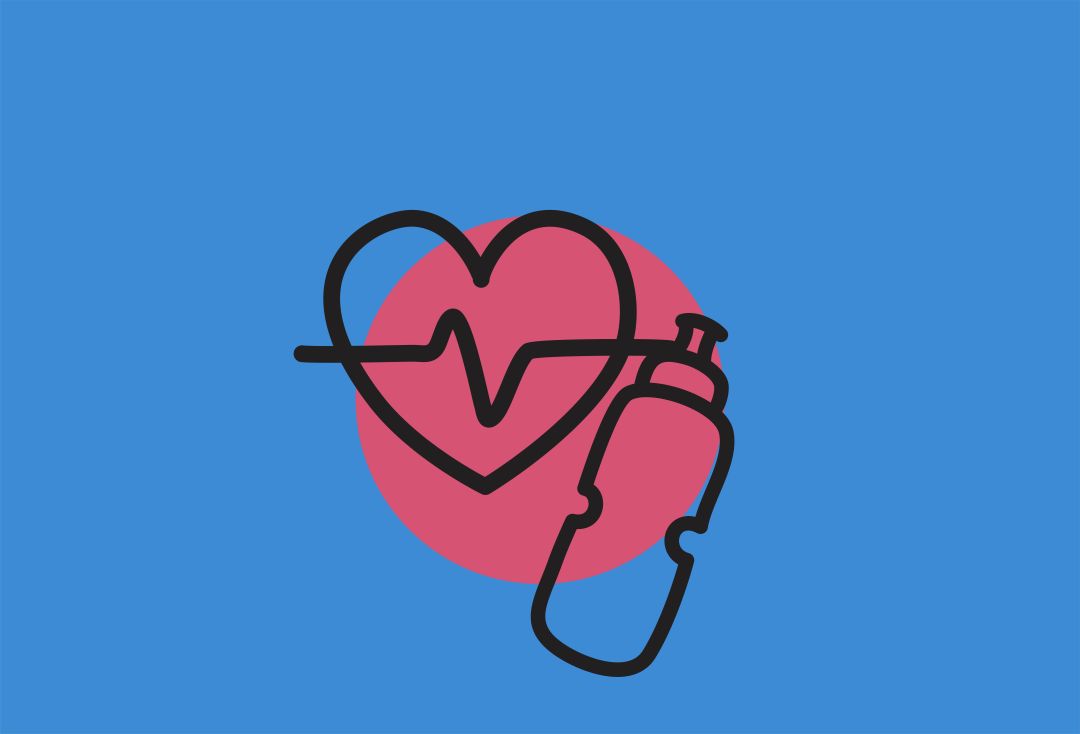What's the Proper Way to Cool Down After a Workout?

Image: Kari Perrin
You've just finished a tough workout at the gym. Now what? Sarasota Sports Medicine owner Dr. Ken Kaufman shares his tips on cooling down after an exercise session to help your body recover and avoid injuries.
"Engaging in light, dynamic movements for 10 to 15 minutes after working out is really helpful," says Kaufman. "For example, riding the stationary bike is a great cool-down, without putting strain the body."
Kaufman says that cooling down after a workout is all about what you want to accomplish in the muscle recovery process. Studies have shown that active recovery, or engaging in continuous movement, instead of static stretching, helps prevent injury when you go to work out again. The best type of active recovery is called dynamic movement.
"Dynamic movements are where you move all of your joints and muscles through their full range of motion," says Kaufman. "Try stretches where you are moving multiple joints at a time and elongating your body, like lunges or leg swings."
You may feel pain after working out, but there is a difference between good and bad pain, and between inflammation and swelling. According to Kaufman, inflammation activates the healing process. Swelling is a byproduct of that process. So, pain might occur while your muscles are activated and contracting while exercising, but after the workout, your lymphatic system begins flushing fluid, relieving that swelling.
"This is a natural process your body must go through in order to heal and grow muscle," says Kaufman. "But if the pain is overwhelming, an over-the-counter pain reducer can help."
What about using foam rollers or tennis balls to stretch your muscles after a workout? Both methods are considered dynamic movements important to the cool-down process.
"When you've completed intense exercise, you have a tendency to get dehydrated, and the fascia in between your muscles and tendons gets sticky, so to speak," says Kaufman. "Using a foam roller or tennis ball physically manipulates that fascia and helps loosen and release it."
Fascia, the largest connective tissue in the body, looks like tiny, microscopic webs under a microscope. Giving yourself a deep massage actually lubricates this fascia, making your muscles work more fluidly. If you want to use a foam roller, continuously roll through your major muscles and stop at trigger points, or points that are particularly sore. For optimal results, do a 10-minute foam-rolling session over the entire body after a workout.
The most common injuries related to not properly warming up and cooling down are muscle and tendon tears. Kaufman often sees tears to the Achilles tendon, glute and rotator cuff, but also sees over- and underuse injuries in the lower back and hips that are caused by sitting at a desk for too long. For both, Kaufman recommends you stretch and get up and walk around for a few minutes every hour to promote circulation.
What stretches should a cool-down include? Kaufman recommends searching for common stretches online, or visiting a sports medicine facility if you're injured. Common exercises include standing knee hugs on one leg, knee cradles while sitting down, lunges and side lunges and standing side stretches. "Waking up the joints is key for injury prevention, before and after working out," says Kaufman.
Proper nutrition is also key. Eat a clean source of protein with complex carbs up to 30 minutes after working out, like a lean animal protein, organic protein powder or nuts and seeds. "Make sure you are looking at the ingredients of protein shakes and powder," says Kaufman. "You want ones free of emulsifiers, preservatives and GMOs, which can cause chronic inflammation."
And one of the most important components to cooling down? It comes before you even hit the gym. "Proper hydration is key," says Kaufman. "Rehydrate with plenty of water or Pedialyte, a children's electrolyte drink, because it has less sugar than other sports drinks."



